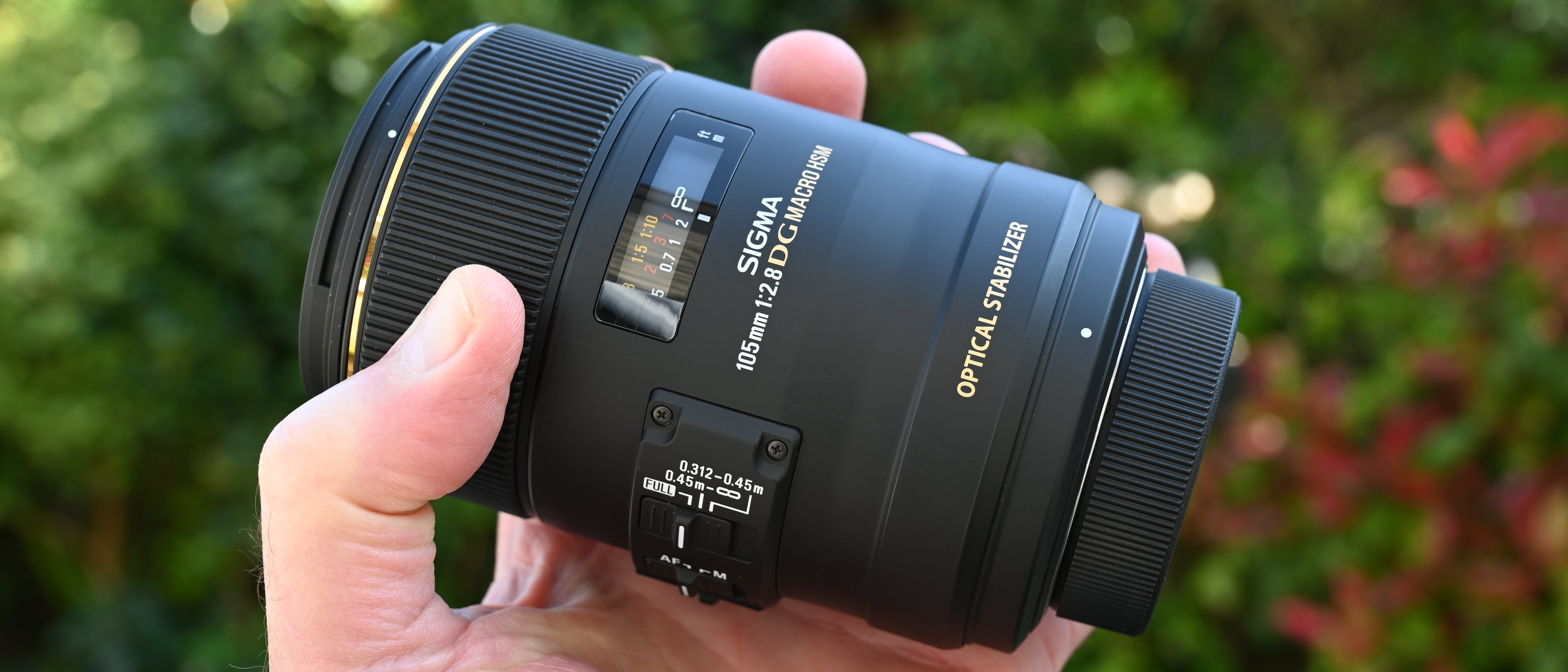The best cameras for enthusiasts: cameras for your next steps in photography
The best cameras for enthusiasts offer pro-level features for taking your photography further, but are still affordable.
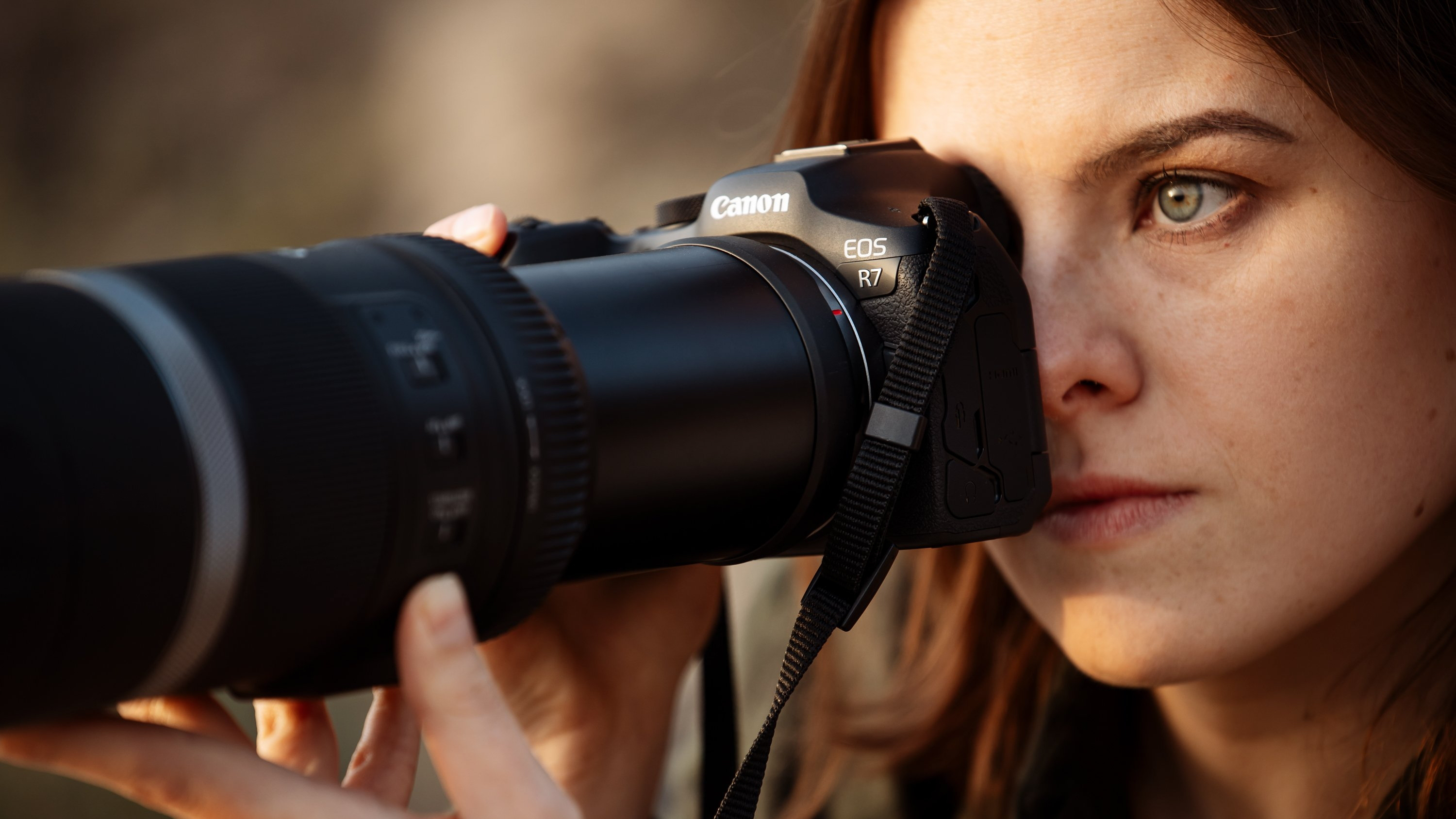
With the best cameras for enthusiasts, it pays to think creatively. You're trying to get as many features of professional cameras as possible, without paying the professional price tag. This means that rather than looking at the latest and greatest models, it can pay to look back over the professional cameras of yesteryear. These tend to still be available, for significantly slashed prices compared to launch, and still bear all the features enthusiasts need and desire.
Of course, there are still plenty of good mid-range cameras made with enthusiasts in mind, so in this guide, we've covered both. Our list includes a broad range of cameras, including DSLRs, mirrorless cameras and an enthusiast compact, with all different sensor sizes from Micro Four Thirds to APS-C and full-frame. We've got new models and old on this list, and have made sure to include representatives from all the major manufacturers.
We've factored in price when making this list. If we think an older camera offers better value for the enthusiast than its newer successor, we've said so. This means you can always be sure that you're getting the deal possible.
Let's get started with our guide to the best cameras for enthusiasts right now!
Best cameras for enthusiasts
Why you can trust Digital Camera World
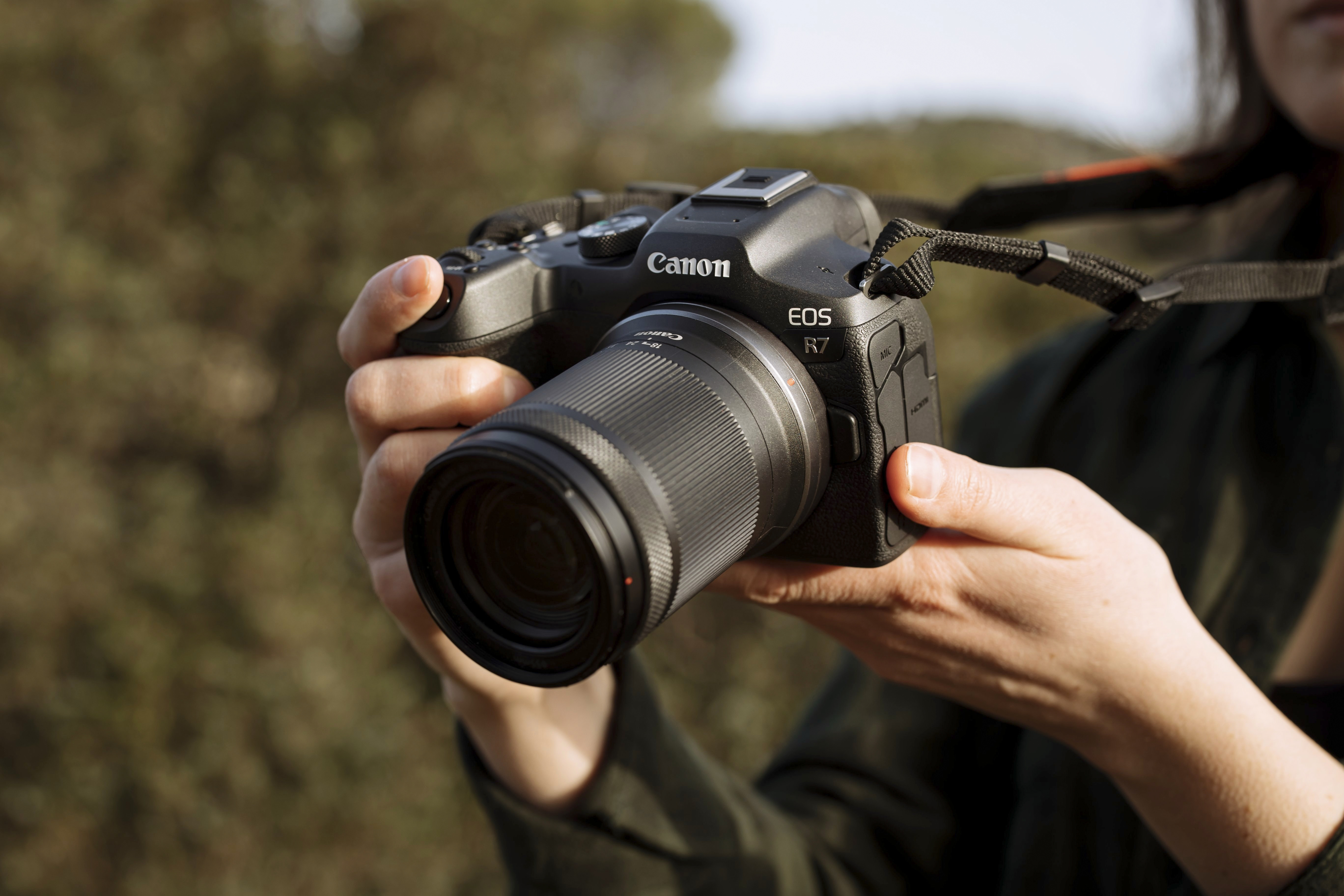
Specifications
Reasons to buy
Reasons to avoid
The Canon EOS R7 has an enthusiast price tag but some very desirable pro features such as a lightning-fast shutter, 5-axis of in-body stabilization and the same Dual Pixel CMOS AF II as found in the high-end Canon EOS R5 and R6 with human, animal and vehicle subject recognition. One of the benefits of the Canon EOS R7 over a full-frame Canon mirrorless system is its 1.6x crop factor which makes your lenses even longer for shooting subjects in the distance.
If you're someone who likes to dabble with video, the R7 delivers both high-quality photos and videos. It's able to record in 4K 60p or 7-K oversampled 4K 30p plus the added benefit of 8 stops of image stabilization means you could even shoot smooth video handheld. The button layout is very intuitive and includes a joystick that can be used for navigation or to select a focus point, it has a fully articulating screen, dual memory cards and it's incredibly lightweight.
Read our full Canon EOS R7 review
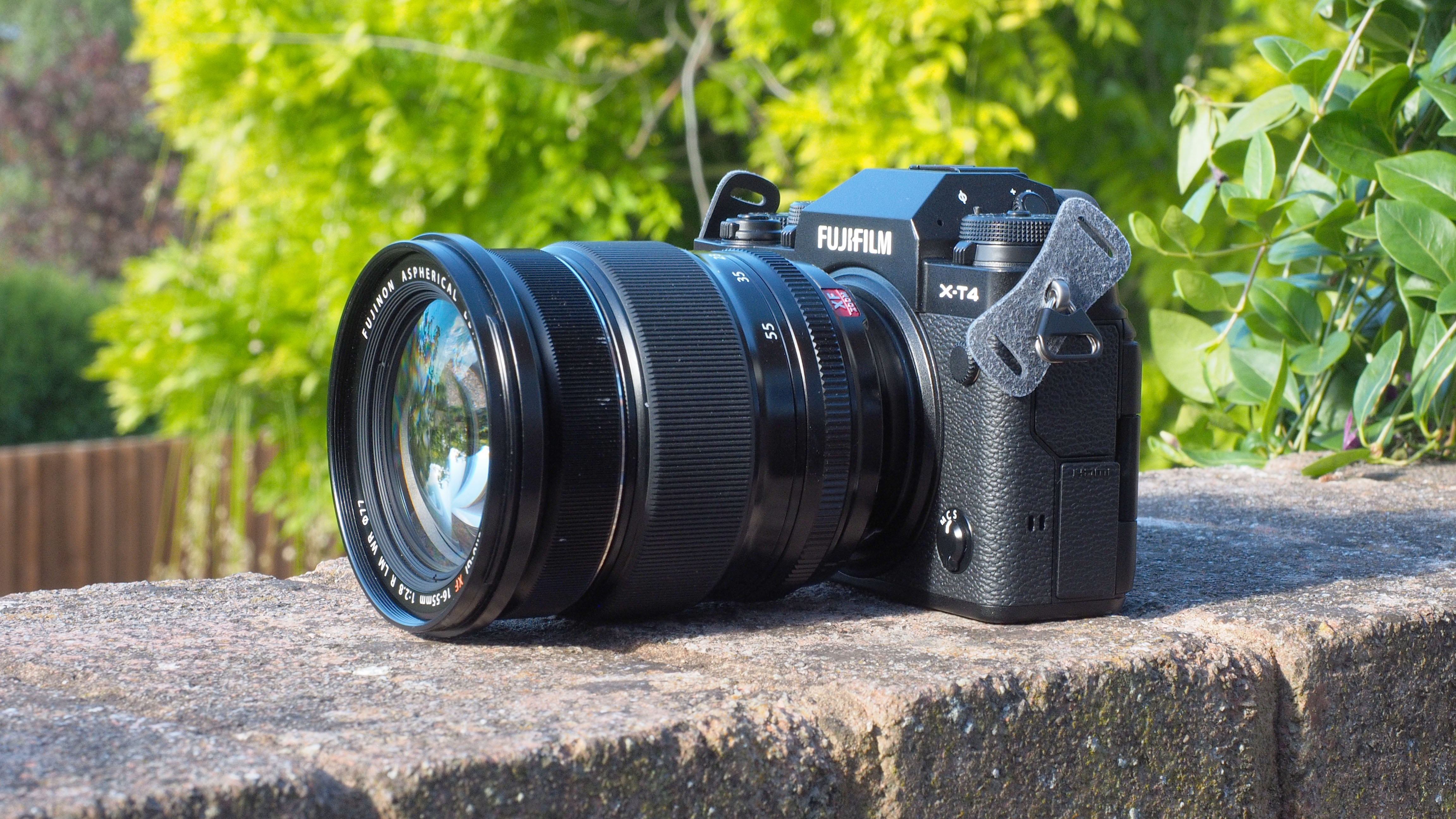
Specifications
Reasons to buy
Reasons to avoid
While full-frame mirrorless cameras do feel like the celebrities of the photo world right now, APS-C models are still coming along leaps and bounds, and many are replete with spectacular features. Case in point, the Fujifilm X-T4, which may have an APS-C sensor, but also happens to be one of the finest mirrorless cameras ever made (although also check out the newer, more expensive Fujifilm X-T5). Superb retro styling meets a spectacular image sensor that produces fabulous images straight out of camera, and now with fast burst shooting and 6.5-stop image stabilization, the X-T4 is very much able to roll in the big leagues. Then there's the vari-angle touchscreen that makes it possible to shoot from all sorts of different angles, the 4K 60p video that looks fantastic, the Film Simulation modes... well, we could gush about this camera all day (see our review below if you would in fact be happy to read us gush all day about this camera).
Read more: Fujifilm X-T4 review
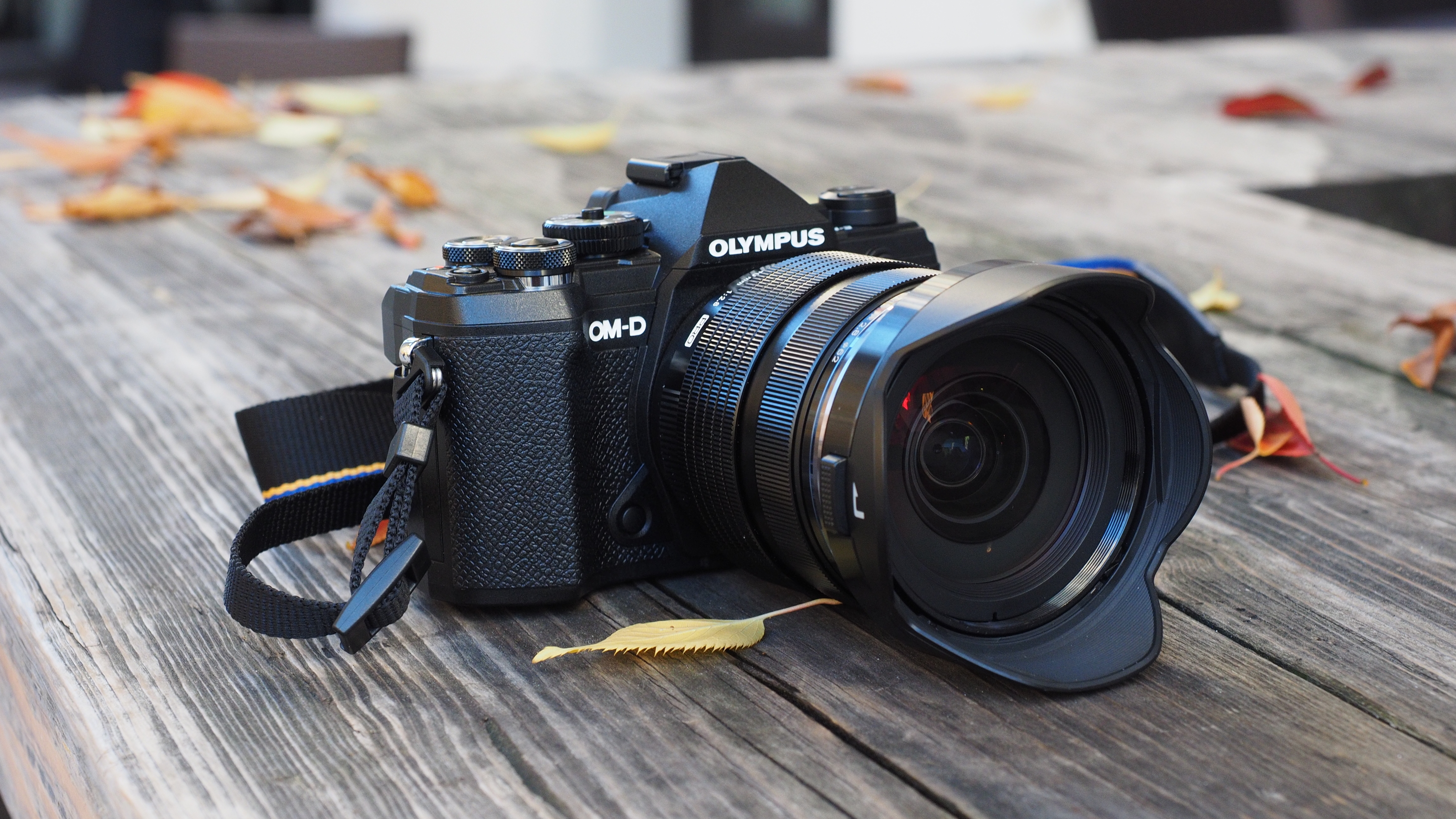
Specifications
Reasons to buy
Reasons to avoid
The Olympus OM-D E-M5 Mark III is an exceptional camera and a worthy successor to the highly regarded E-M5 Mark II. This new camera uses Olympus' flagship 20.4MP Micro Four Thirds sensor, and while this might put some people off (these sensors are smaller than APS-C) the image quality is top notch – particularly when this camera can shoot 50MP images via pixel shift. Its other abilities are equally amazing, including 6.5 stops of in body stabilization, 30fps burst shooting (including via Pro Capture mode with 14-shot pre-buffering), C4K and 4K video, Olympus' brilliant Live Composite modes and plenty more. It's probably one of the last models to have the Olympus name as the company rebrands as 'OM Digital Solutions', but we hope the cameras keep on coming, even if the name enters the history books.
Read more: Olympus OM-D E-M5 Mark III review
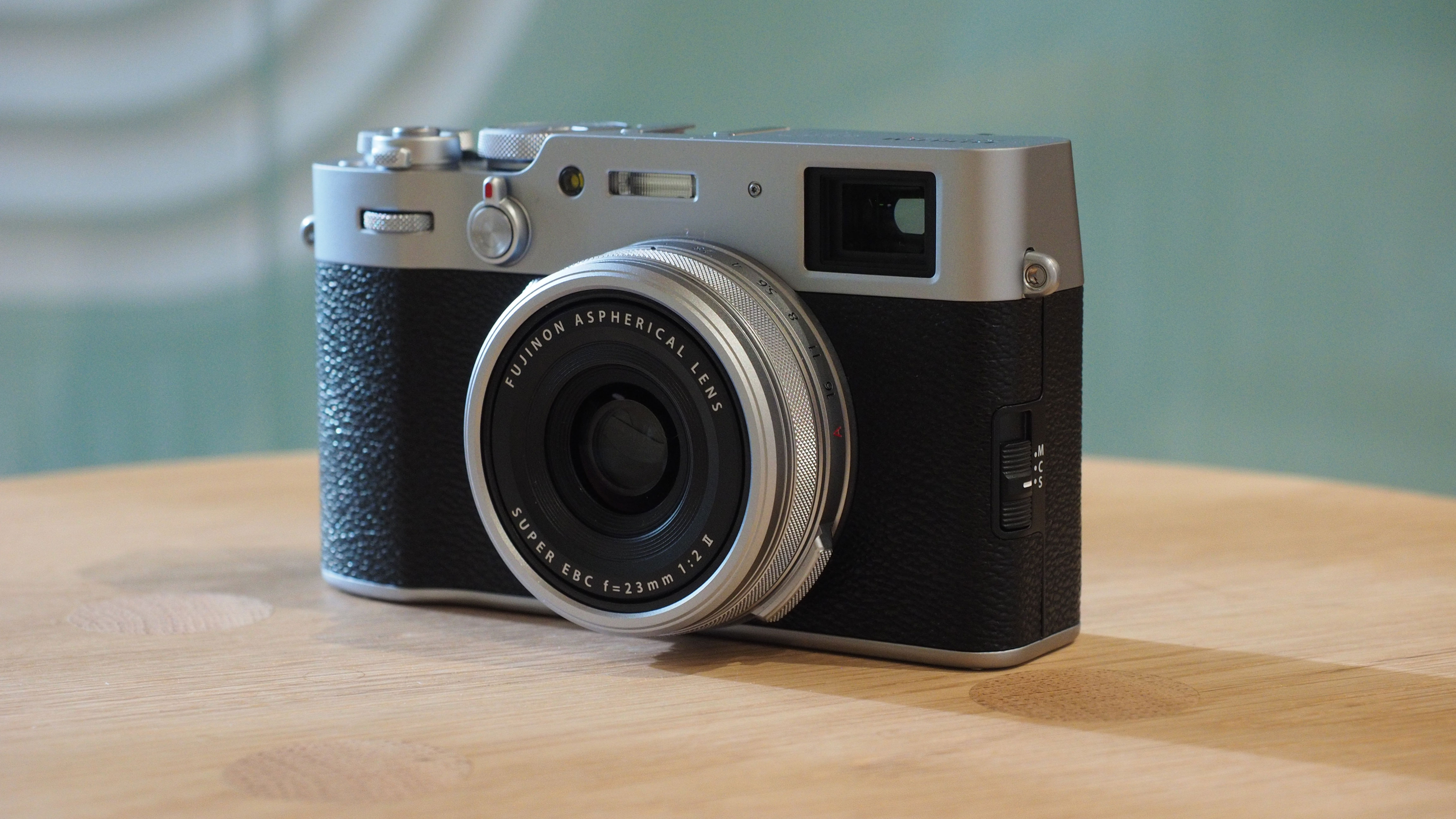
Specifications
Reasons to buy
Reasons to avoid
Fujifilm's classic compact camera is in its fifth iteration, and is still beloved by enthusiasts everywhere. With a fixed lens sporting a 23mm equivalent focal length, paired with an X-Trans sensor bearing 26.1MP of resolution, it's a fearsome imaging machine. The other half of the equation is its slim and pocketable construction, and the gorgeous dial-based controls that hearken back to the days of film SLRs, all of which makes the X100V incredibly fun to use and shoot with. It's ideal for street photography and everyday shooting – lots of pros swear by the X100V as their second camera when they don't want to lug their full setup around, and this makes it seriously tempting for enthusiasts of all types. It's easy to forget that photography should be fun, and the X100V delivers that in spades, as well as premium image quality.
Read more: Fujifilm X100V review
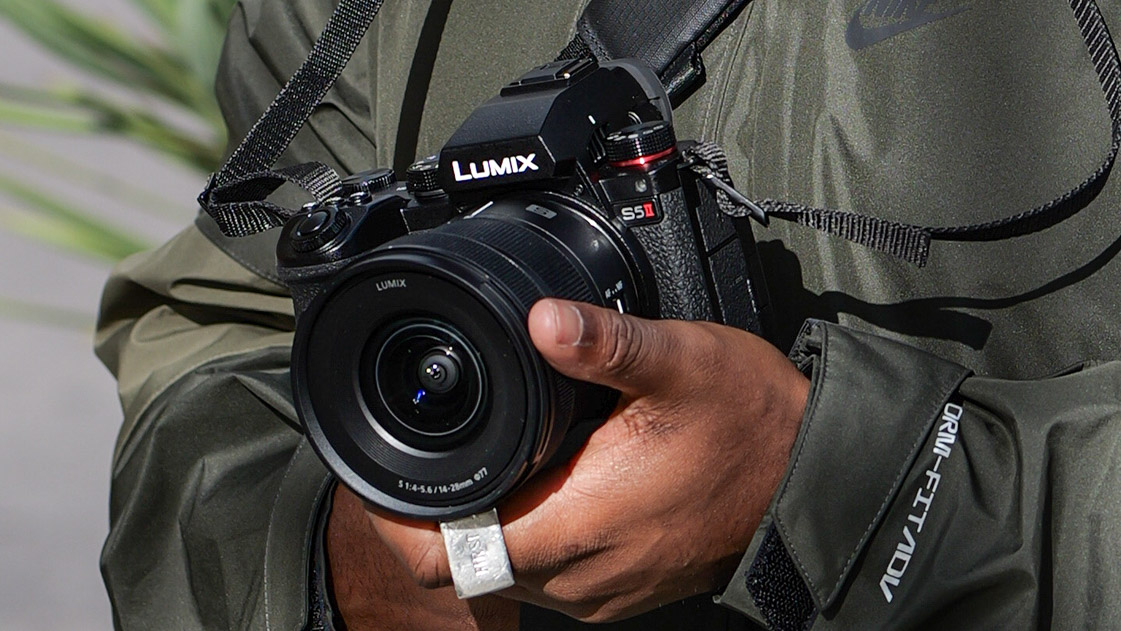
Specifications
Reasons to buy
Reasons to avoid
The Panasonic Lumix S5 II builds on the original Lumix S5, with a tough compact frame, class-leading 5-axis in-body image stabilization, and excellent color science. The most significant new addition is a Phase Hybrid autofocus system that combines PDAF with Contrast Detect AF to provide 779-area metering. This means it's better at detecting and tracking subjects, especially in low light and backlit scenarios.
The Lumix S5 II gives you truly unlimited 4K/60p 4:2:2 10-bit recording internally, S&Q 4K/60p (a high-speed 60fps) and FHD/180p, as well as up to 6K, full sensor readout video recording, making it a highly versatile camera for content creation.
Read our full Panasonic Lumix S5 II review for more details
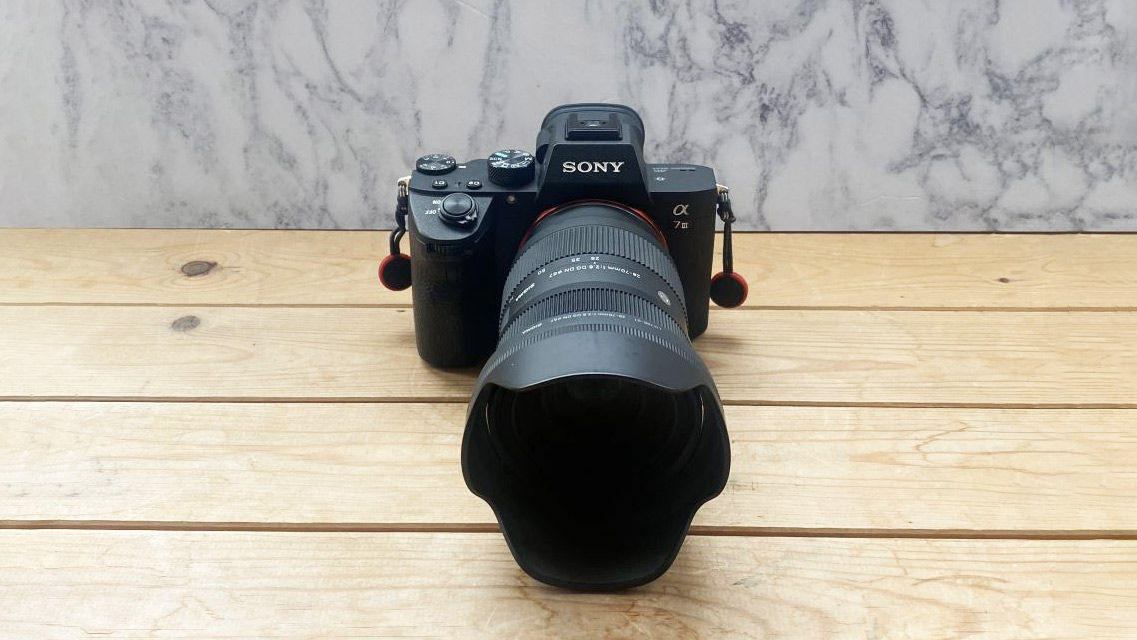
Specifications
Reasons to buy
Reasons to avoid
It might not have the blinding speed of Sony’s top-flight A9 II or the ultra-high-resolution of the A7R IV, but the Sony A7 III grabs many of the best bits from these pricier models and delivers them in a more affordable package. Headline features include highly effective 696-point AF system and a 5-axis image stabilization system that promises 5EV of compensation. There’s a 24.2MP back-illuminated image sensor, coupled with the latest generation of image processor, and the two deliver amazing tonal range and make super-high ISO settings possible. Handling is good, though some may find the body a little small when paired with pro lenses, but that applies across the Alpha range. For top performance at a sensible price, it’s the best Sony camera out there – but it is holding its price very firmly, and for stills photographers the older Sony A7 II is a very tempting (and cheaper) alternative.
Sony has since upgraded this camera with a successor, the Sony A7 IV. However, it's not a sequel exactly – it's an enormous jump in power, complexity and, yes, price. It's more like a miniature A1 than an entry-level full-frame model in the way previous A7 cameras have been. For that reason, we're sticking with the Mark III version as our recommendation for now.
Read more: Sony A7 III review

Specifications
Reasons to buy
Reasons to avoid
The Fujifilm X-S10 doesn't have the external exposure controls of the higher-level X-series cameras, but that's the only thing we can find to complain about, and it's clear this is no 'amateur' camera. as its build quality and handling stand out straight away. The swap to a conventional mode dial might disappoint Fujifilm fans, but the excellent finish, build quality and handling and the inclusion of IBIS (in-body stabilisation) gives this camera a very broad appeal, especially in this price sector, to produce perhaps the best combination of performance, quality and value in the APS-C mirrorless camera market right now. It even has a vari-angle rear screen, which is another reason why we rate this as one of the best cameras for enthusiasts right now.
Read more: Fujifilm X-S10 review
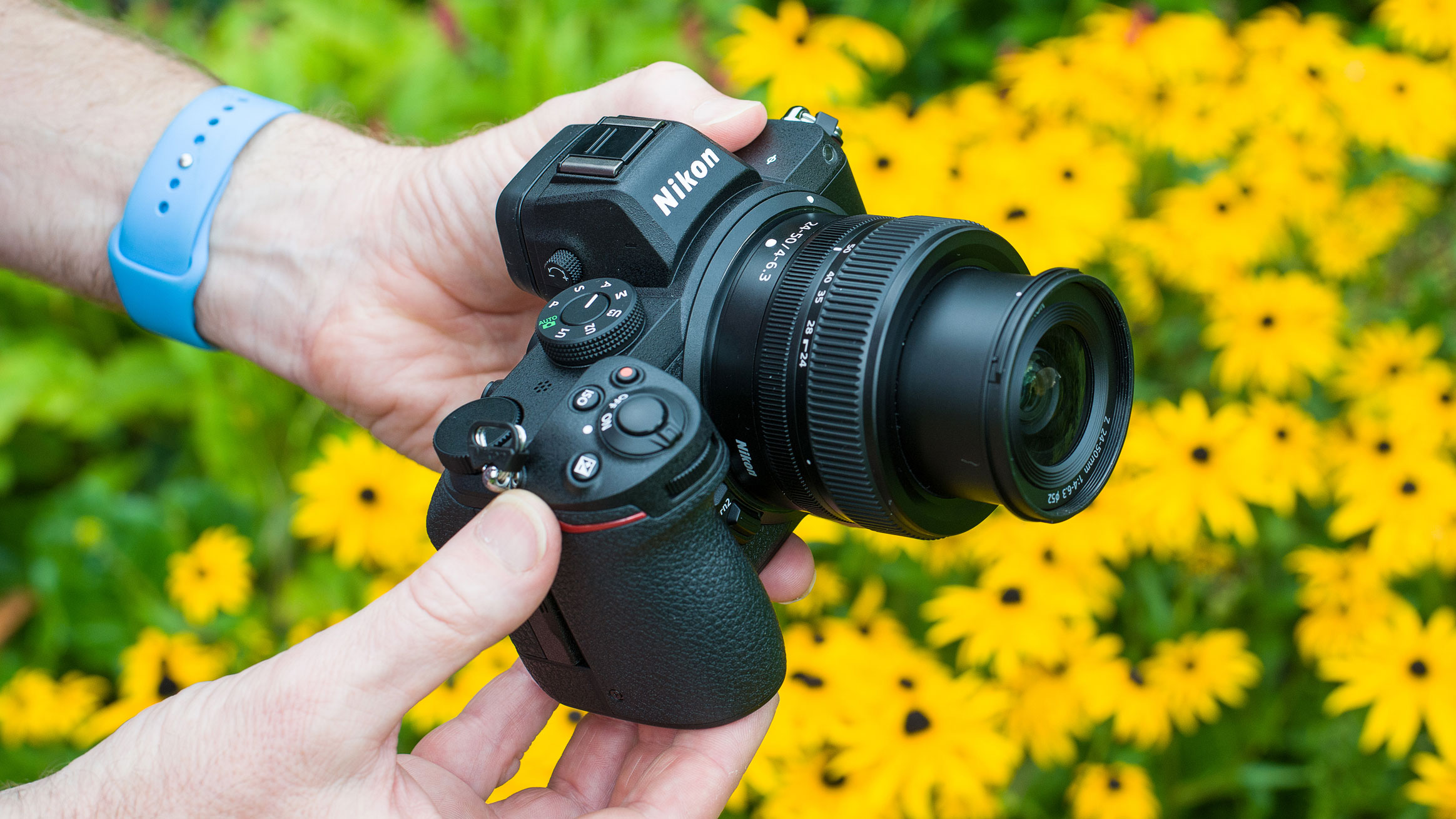
Specifications
Reasons to buy
Reasons to avoid
The Z5 is Nikon's latest entry-level full-frame mirrorless camera. Rather than starting with a clean sheet of paper, Nikon's pretty much used the same design for the Z5 as it did for the Z6 (and Z7 for that matter). The most noticeable thing on the body that differs from the Z6 is the arrival of a more beginner-orientated mode dial in place of the LCD top-plate display. The Z5 also borrows much of the tech inside the Z6, with the most noticeable difference being the sensor. The resolution might be the same, but the Z6 benefits from a back-illuminated chip and images from the two are very similar, with the Z6 having the edge at higher ISOs. The 4K video is a little restrictive with a 1.7x crop, while the burst shooting speed is a modest 4.5fps. The Z5 is better than budget rivals, the Canon EOS RP and Sony Alpha A7 II, however, and good value in today's full frame mirrorless camera market.
Read more: Nikon Z5 review
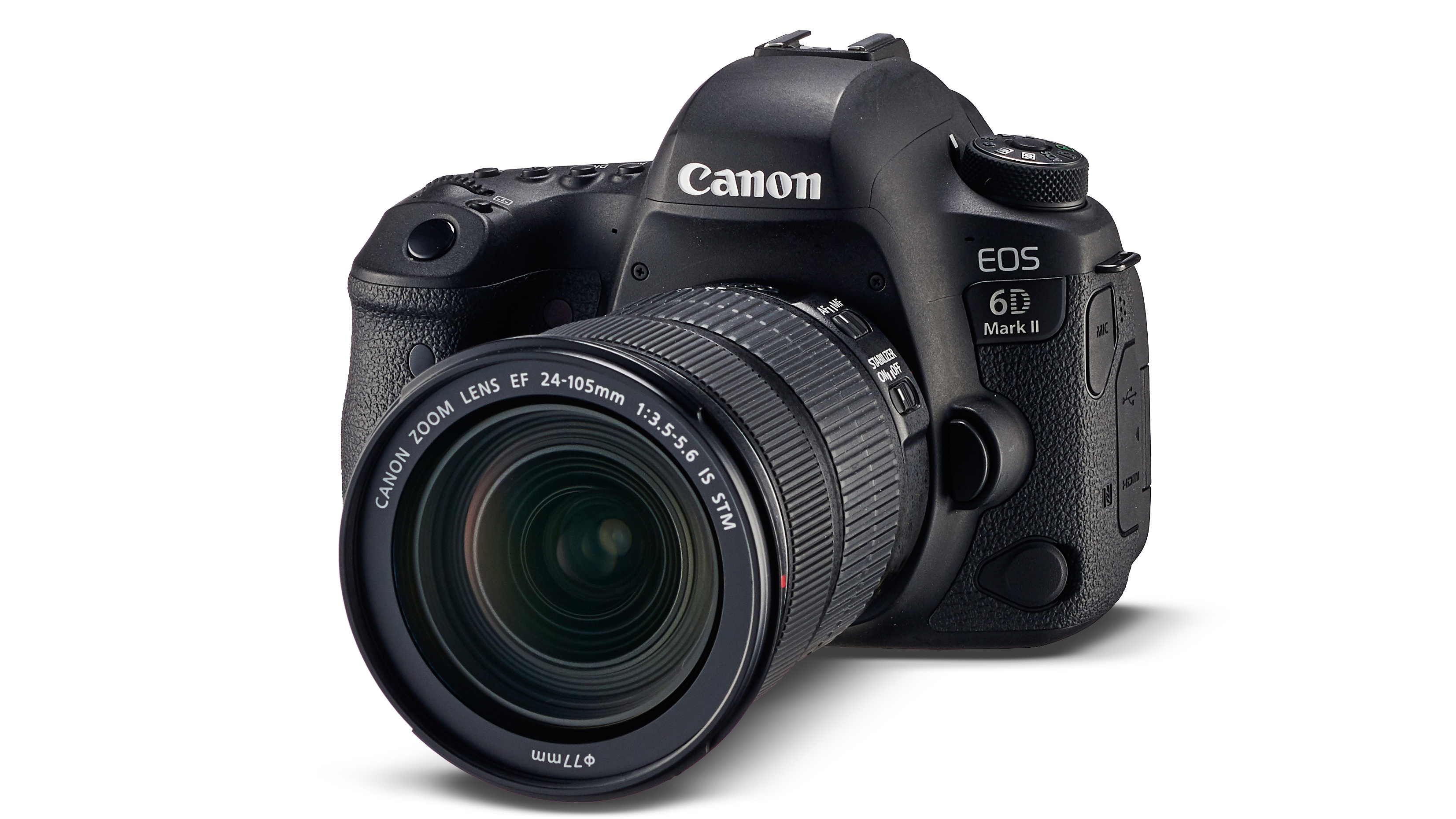
Specifications
Reasons to buy
Reasons to avoid
Like the feel and handling of a traditional SLR and want to step up from APS-C to full-frame photography? Then the second-generation, weather-resistant EOS 6D has got to be near top of your list, particularly with its headline feature being a new 26.2MP full-frame sensor and a sensitivity range that can be expanded to ISO 50-102,400 equivalents. We also get a latest-generation DIGIC 7 processor, but perhaps the most noticeable difference from the previous model on the outside is the 3in vari-angle display, which responds to touch. What's been left out, however, is 4K video, although there is a 4K time-lapse option that stitches together images into a 4K video, plus a microphone input to help you give audio capture a performance boost. AF performance is very good, and the camera handles a variety of lighting scenarios with ease, while battery life at 1,200 shots is likewise commendable. While the EOS 90D is a newer camera, we're still recommending this one for enthusiasts as it's currently one of the cheapest routes into full-frame around.
Read more: Canon EOS 6D Mark II review

Specifications
Reasons to buy
Reasons to avoid
When it was launched we called the Canon EOS R capable, customizable, but compromised. Three years later it's a much more appealing proposition, thanks to firmware-improved performance and a more competitive price tag. It still suffers the same limitations, namely the lack of IBIS and the cropped 4K, though its 30.3MP sensor continues to make it an appealing system. However, if you don't mind losing about 6MP in resolution, we would also recommend the Canon EOS RP as it comes with an even lower price tag for largely the same results.
For enthusiasts, however, the EOS R is a more appealing camera, and a lot cheaper than the newer EOS R6, which actually has a lower resolution, or the flagship EOS R5 and its showstopping 8K video. It's an ideal way to buy into the Canon RF lens system, which is very much looking like the way of the future, and a good first stepping stone for those who have half an eye on upgrading to one of the more recent cameras.
Read more: Canon EOS R review
How we test cameras
We test cameras both in real-world shooting scenarios and in carefully controlled lab conditions. Our lab tests measure resolution, dynamic range and signal to noise ratio. Resolution is measured using ISO resolution charts, dynamic range is measured using DxO Analyzer test equipment and DxO Analyzer is also used for noise analysis across the camera's ISO range. We use both real-world testing and lab results to inform our comments in buying guides.
Read more:
The cheapest full frame cameras
Best cameras for beginners
Best professional cameras
Best DSLRs
Best mirrorless cameras
Best full-frame cameras
Get the Digital Camera World Newsletter
The best camera deals, reviews, product advice, and unmissable photography news, direct to your inbox!

For nearly two decades Sebastian's work has been published internationally. Originally specializing in Equestrianism, his visuals have been used by the leading names in the equestrian industry such as The Fédération Equestre Internationale (FEI), The Jockey Club, Horse & Hound, and many more for various advertising campaigns, books, and pre/post-event highlights.
He is a Fellow of the Royal Society of Arts, holds a Foundation Degree in Equitation Science, and holds a Master of Arts in Publishing. He is a member of Nikon NPS and has been a Nikon user since his film days using a Nikon F5. He saw the digital transition with Nikon's D series cameras and is still, to this day, the youngest member to be elected into BEWA, the British Equestrian Writers' Association.
He is familiar with and shows great interest in 35mm, medium, and large-format photography, using products by Leica, Phase One, Hasselblad, Alpa, and Sinar. Sebastian has also used many cinema cameras from Sony, RED, ARRI, and everything in between. He now spends his spare time using his trusted Leica M-E or Leica M2, shooting Street/Documentary photography as he sees it, usually in Black and White.
